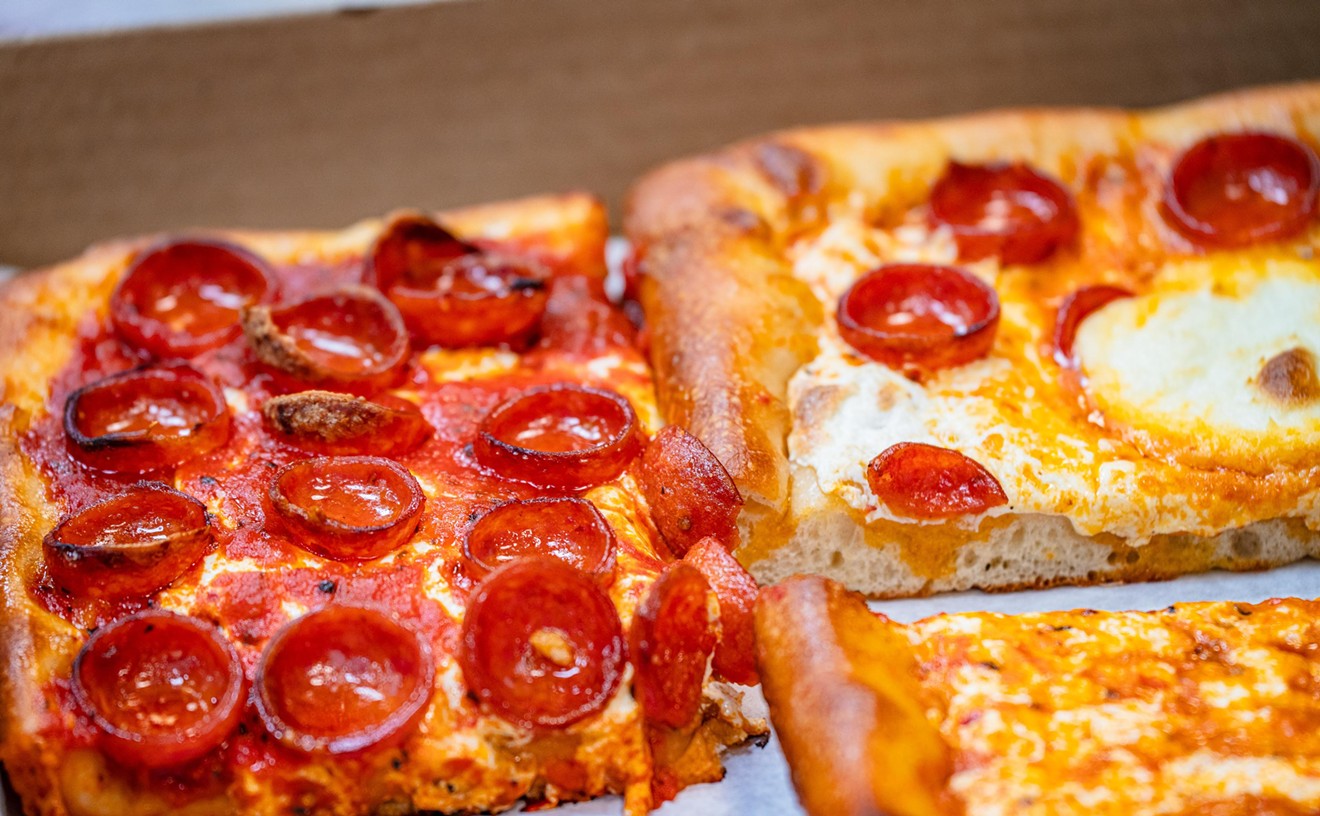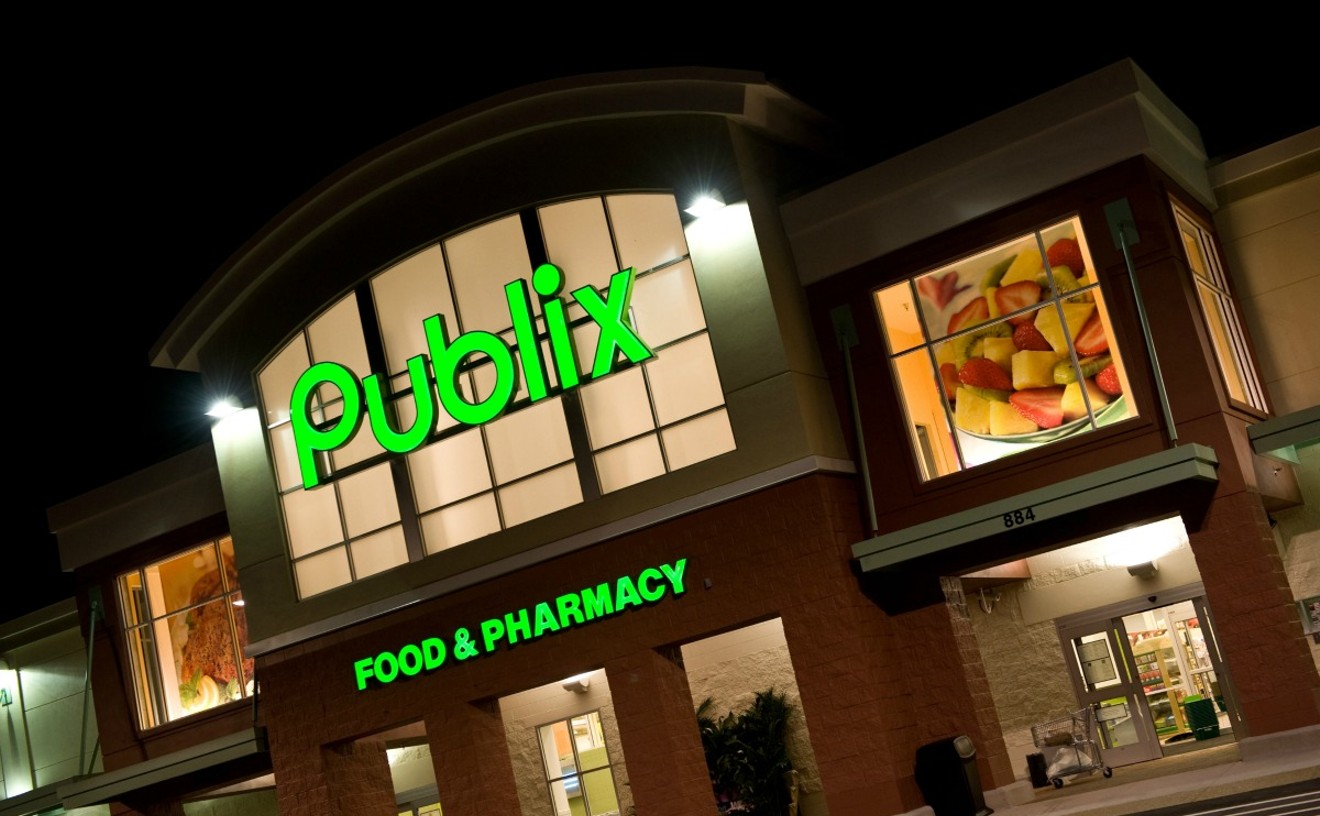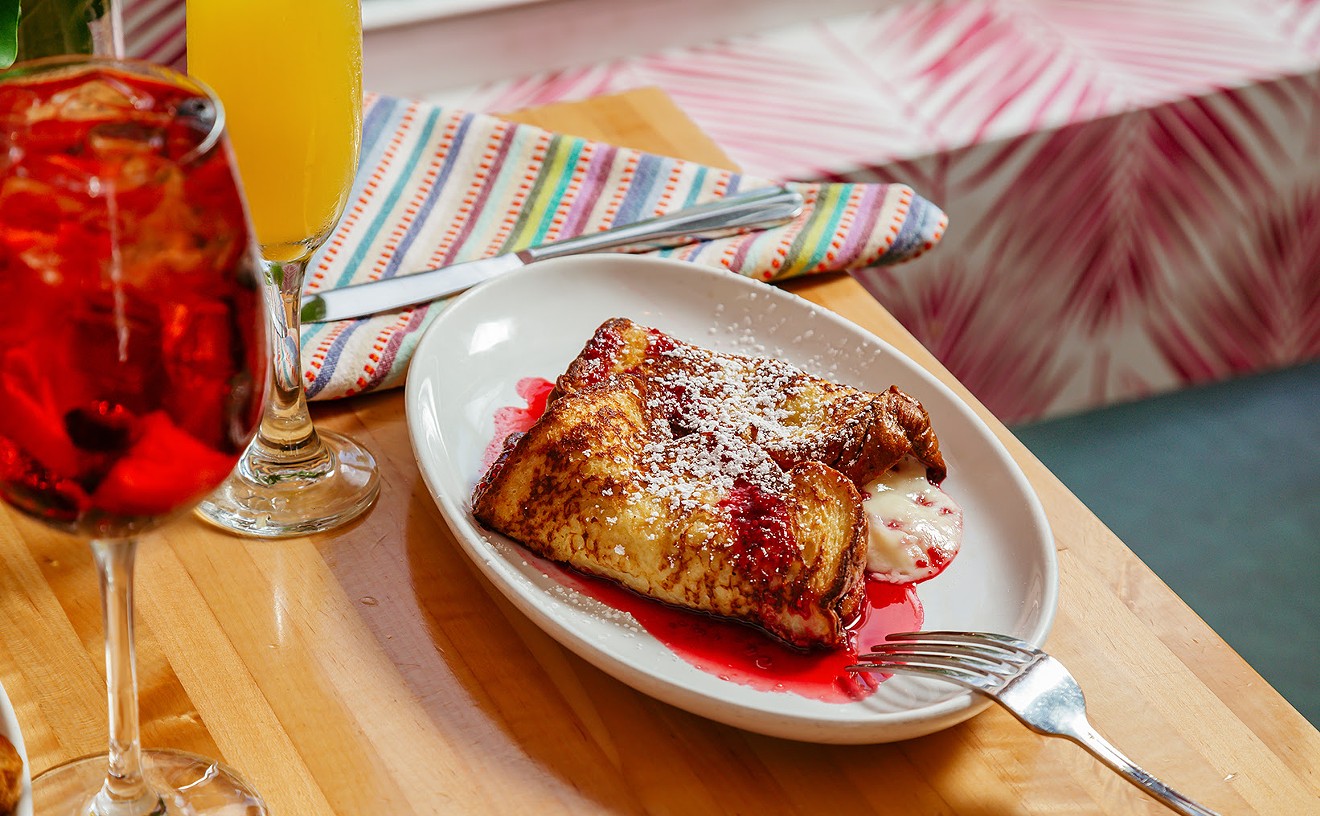This week we are looking into South Beach 20 years ago. By 1991, Tony Goldman (Wish, Wynwood Kitchen & Bar, etc.) had already scooped up some twenty properties in the area, and owned the restaurant Lucky's in his Park Central Hotel. He described the South Beach clientele back then as "taste conscious, aesthetically aware and rather cosmopolitan."
On Lucky's menu: Smoked mozzarella and sun-dried tomato pizza; mesquite-grilled grouper; chocolate soufflé. Average check for dinner was $25. "The Deco District is not about haute cuisine," said Goldman. "It's about fun food, healthy food, places to gather, see, and be seen."
"People come to the District for the night life. Dinner is a prelude to drinking and dancing," said Lee Brian Schrager back then. "People don't really care all that much about the food." Guess some things never change. Of course Schrager would eventually earn national recognition for his work in bringing the South Beach Wine & Food Festival to fruition, but in 1991 he had just opened his Chow restaurant, which offered no red meat or fried foods on the menu. "We serve brown rice, eggless egg salad (made with tofu) and three daily vegetarian entrees," Schrager explained. "That's what fashion people want to eat."
The most talked about restaurant in 1991 was Stars and Stripes Cafe in the Betsy Ross Hotel. "Built at a cost of $500,000, the Stars and Stripes was masterminded by former Key West chef Norman Van Aken." In mid-February of '91, Van Aken premiered a second restaurant in the Betsy Ross, a Mano ("by Hand"). "I try to capture flavors that work with Miami's heat," Norman is quoted as saying. "It's food inspired by the Caribbean, Spain, and the Orient...We call it 'New World cooking.'" This was likely one of the earliest references to Van Aken's signature New World Cuisine.
On the menu at Stars and Stripes: Bacalao fritters with horseradish hollandaise; seared glazed salmon on a mango chardonnay puree; the "Ricky Ricardo" (black bean, chorizo and cheese pizzatina); "burned" bananas with rum, chilies, chocolate and ice cream. And at a Mano: Conch chowder; duck bang bang; baked focaccia salad; "nueva" paella with clams, chorizo, snails, langostinos, and Serrano ham; braised lamb shank in Rhône wine with wild mushrooms; black grouper with black beans. It all sounds a lot more interesting than anything on the bill of fare at Norman's 180 -- which, incidentally, is now out of business
The concern twenty years ago was similar to that of today: "Just how many more restaurants can the Deco District support?" asked Steven Raichlen (author of the Food Arts article in his pre-barbecue-fame days).
"We're close to the saturation point," worried Dino Pirola, whose Osteria del Teatro was at the time one of eight Italian restaurants in the neighborhood. But Tony Goldman disagreed -- and what he said about the SoBe scene back then holds equally true today: "We're saturated for mediocrity," he said, "but there's always more room for quality. Sure, there are a few guys who won't make it. But South Beach is here to stay -- and it's only going to get better."
Follow Short Order on Facebook and Twitter @Short_Order.










